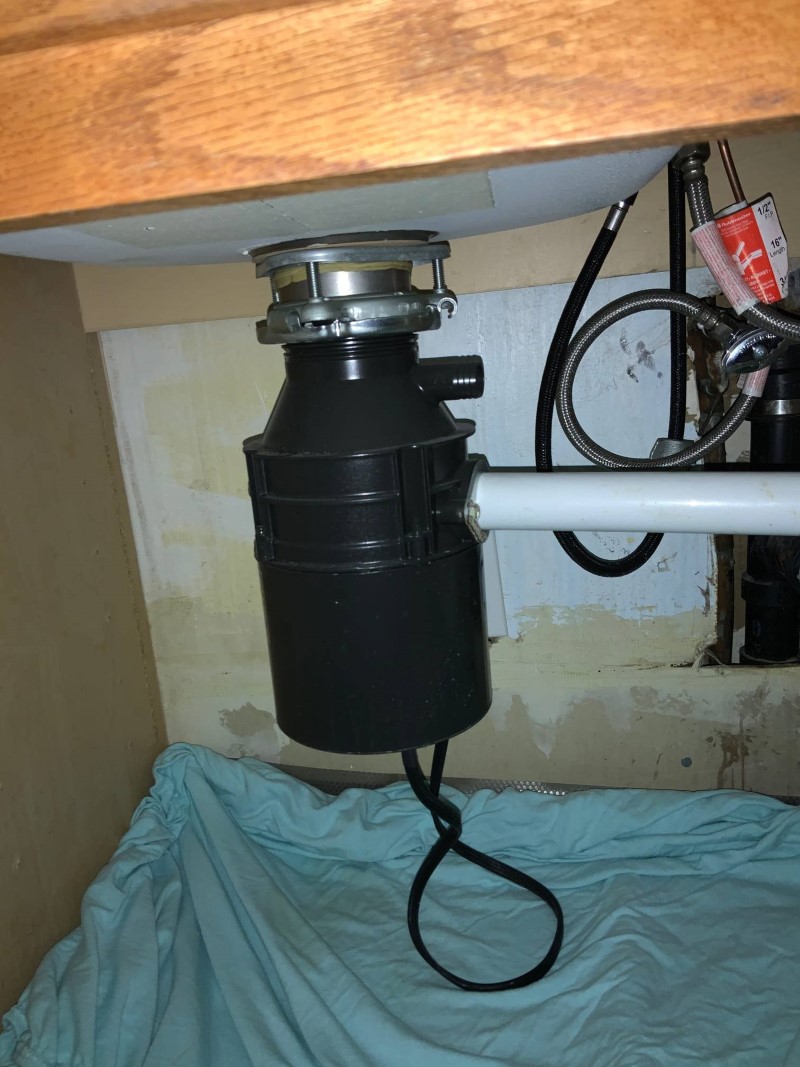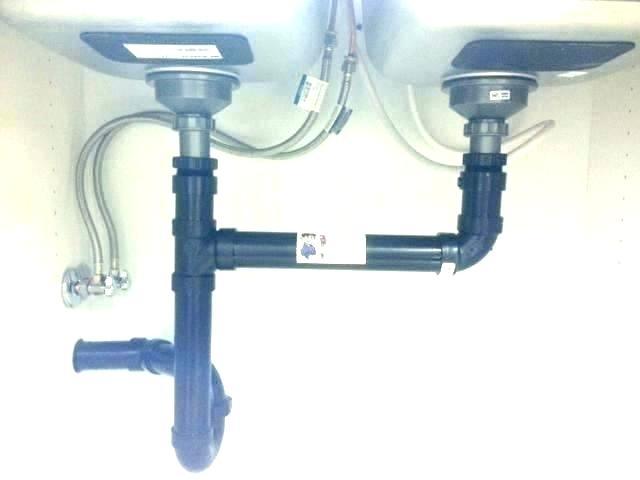Effortless Steps to Stop a Leak in Your Garbage Disposal
Effortless Steps to Stop a Leak in Your Garbage Disposal
Blog Article
What're your thoughts on Garbage Disposal Leaking From Bottom?

Waste disposal unit are crucial cooking area devices that assist in getting rid of food waste effectively. However, a leaking waste disposal unit can be an irritating and messy issue to handle. Luckily, many leaks can be taken care of quickly with a few basic steps. In this write-up, we will certainly talk about exactly how to take care of a leaking garbage disposal effectively.
Intro
Garbage disposals are mounted under kitchen sinks and are developed to shred food waste into smaller pieces, enabling it to travel through the pipes system easily. While these devices are typically dependable, leaks can occur gradually due to damage, loosened links, or damages to the system.
Step-by-Step Guide to Dealing With a Dripping Waste Disposal Unit
Turn Off the Power
Before trying any kind of fixings, ensure that the power to the garbage disposal device is switched off to stop the threat of electric shock.
Find the Leakage
Identify the exact place of the leakage and identify the reason
Tighten up Connections
Utilize a wrench to tighten any type of loosened links in between the disposal unit and the plumbing system.
Replace Seals or Gaskets
If the leak is due to worn seals or gaskets, remove the old parts and change them with new ones.
Patching Fractures or Openings
For splits or openings in the disposal unit, usage epoxy or an appropriate patching product to secure the damaged location.
Determining the Source of the Leak
Prior to trying to repair a dripping garbage disposal, it is necessary to identify the source of the leakage. This can generally be done through visual evaluation or by performing basic examinations.
Visual Inspection
Examine the waste disposal unit system carefully for any kind of indicators of water leakage. Pay attention to locations around seals, gaskets, and link factors.
Testing for Leakages
One way to check for leakages is by running water via the disposal system and checking for any type of visible indicators of leakage.
Common Sources Of Leaks in Trash Disposals
Worn Seals and Gaskets
Seals and gaskets more info play a crucial duty in stopping water from leaking out of the garbage disposal. In time, these elements can deteriorate, leading to leakages around the disposal unit.
Loose Links
The links in between the waste disposal unit and the pipes system can come to be loosened with time, triggering water to leakage out throughout procedure.
Cracks or Holes in the Disposal Unit
Physical damages to the garbage disposal, such as fractures or openings in the housing, can also lead to leakages.
Devices and Materials Needed for Taking Care Of a Dripping Waste Disposal Unit
Before starting the repair service procedure, gather the necessary devices and materials, including a screwdriver, flexible wrench, plumbing's putty, replacement seals or gaskets, and epoxy or patching product for repairing fractures or openings.
Testing the Waste Disposal Unit After Repair Work
When the repair is total, test the waste disposal unit by running water through it to make certain that the leakage has been dealt with.
Preventive Upkeep Tips to Stay Clear Of Future Leaks
To prevent future leakages, it is essential to do routine maintenance on your waste disposal unit. This includes maintaining it clean, preventing placing non-food items or difficult items down the disposal, and occasionally checking for leakages or various other concerns.
Verdict
In conclusion, taking care of a leaking waste disposal unit is a fairly uncomplicated process that can be finished with basic devices and products. By adhering to the actions outlined in this article and practicing preventive upkeep, you can keep your garbage disposal in good working condition and prevent costly repair services in the future.
What to Do About a Leaking Garbage Disposal
A leaking garbage disposal often goes unnoticed until you confront a sopping cabinet, a foul-smelling puddle, or an audible drip-drip-drip from the unit. The fix can be frustrating, too, because the leak can stem from a number of components in the system. Fortunately, with a little sleuthing, you can zero in on the leak and—depending on the exact location—stop the icky oozing and repair the component that caused it. Worst case scenario, if it turns out that the garbage disposal must be replaced, installing a new one is a reasonable do-it-yourself task for those with basic plumbing skills. Read on to keep the cash you’d otherwise hand over to a pro.
Prepare to find the leak
Prior to testing the garbage disposal for leaks, unplug it at the wall outlet and turn off the power from the breaker box to prevent electrical shock. Then insert a watertight sink stopper into your sink drain and wipe the unit dry with a clean cloth. In any handy container, mix a few drops of food coloring into a few cups of water, and pour the dyed water onto the sink stopper to help you locate the leak.
Investigate the source
the top, where the disposal meets the sink drain the side, where the dishwasher hose or main drain pipe connects to the disposal or the bottom of the unit Inspect each of these locations while gliding a light-colored rag over the unit; the dyed water will readily show on the rag and reveal the location of the leak. If a leak isn’t immediately apparent, remove the sink stopper and pour a few more cups of dyed water down the sink drain, then check for leaks again. Leaks near the top of the unit are more likely to show themselves while the sink is plugged, while side and bottom leaks are more noticeable while the sink is unplugged.
The metal sink flange that sits directly inside the sink drain is typically sealed around the top with plumber’s putty (a clay-like sealant) and then secured from under the sink with bolts. If the plumber’s putty deteriorates, or the bolts loosen, the flange can no longer form a watertight seal between the sink drain and the disposal—which could cause a leak at the top of the unit.
To reseal the leaky flange, you must first detach the garbage disposal. Start by loosening the screws securing the main drain pipe to the disposal, then loosen the screws in the metal clamp securing the dishwasher hose to the disposal and detach the drain pipe and dishwasher hose from the disposal. Loosen the screws in the mounting ring that connects the disposal to the metal mounting assembly beneath the sink, then pull down the disposal and carefully set it on a clean, dry surface. Loosen the bolts in the mounting assembly with a wrench, then pull down the mounting assembly and set it near the disposal.

Hopefully you enjoyed our section on Why Is My Garbage Disposal Leaking From the Bottom?. Thanks for finding the time to read our post. Enjoyed our post? Please share it. Help somebody else check it out. Thank-you for going through it.
Book 24/7 Report this page